An Analysis of Globalisation Through Pankaj Ghemawat's Theories
VerifiedAdded on 2023/05/28
|6
|702
|415
Essay
AI Summary
This essay provides an analysis of globalisation through the lens of Pankaj Ghemawat's theories, focusing on his argument that the world is not as 'flat' as some suggest. It highlights the impact of the 2008 financial crisis on globalisation and the subsequent slow recovery of global connectedness. The essay introduces Ghemawat's AAA framework (Adaptation, Aggregation, Arbitrage) as a strategic tool for global value creation and the CAGE distance framework (Cultural, Administrative, Economic, Geographic) for understanding differences between countries. The analysis emphasizes the importance of emerging markets and the interactions between developed and developing countries in shaping globalisation trends. The essay concludes by underscoring the practical implications of Ghemawat's frameworks for businesses operating in an increasingly interconnected world. Desklib offers this assignment solution and many more for students.
1 out of 6
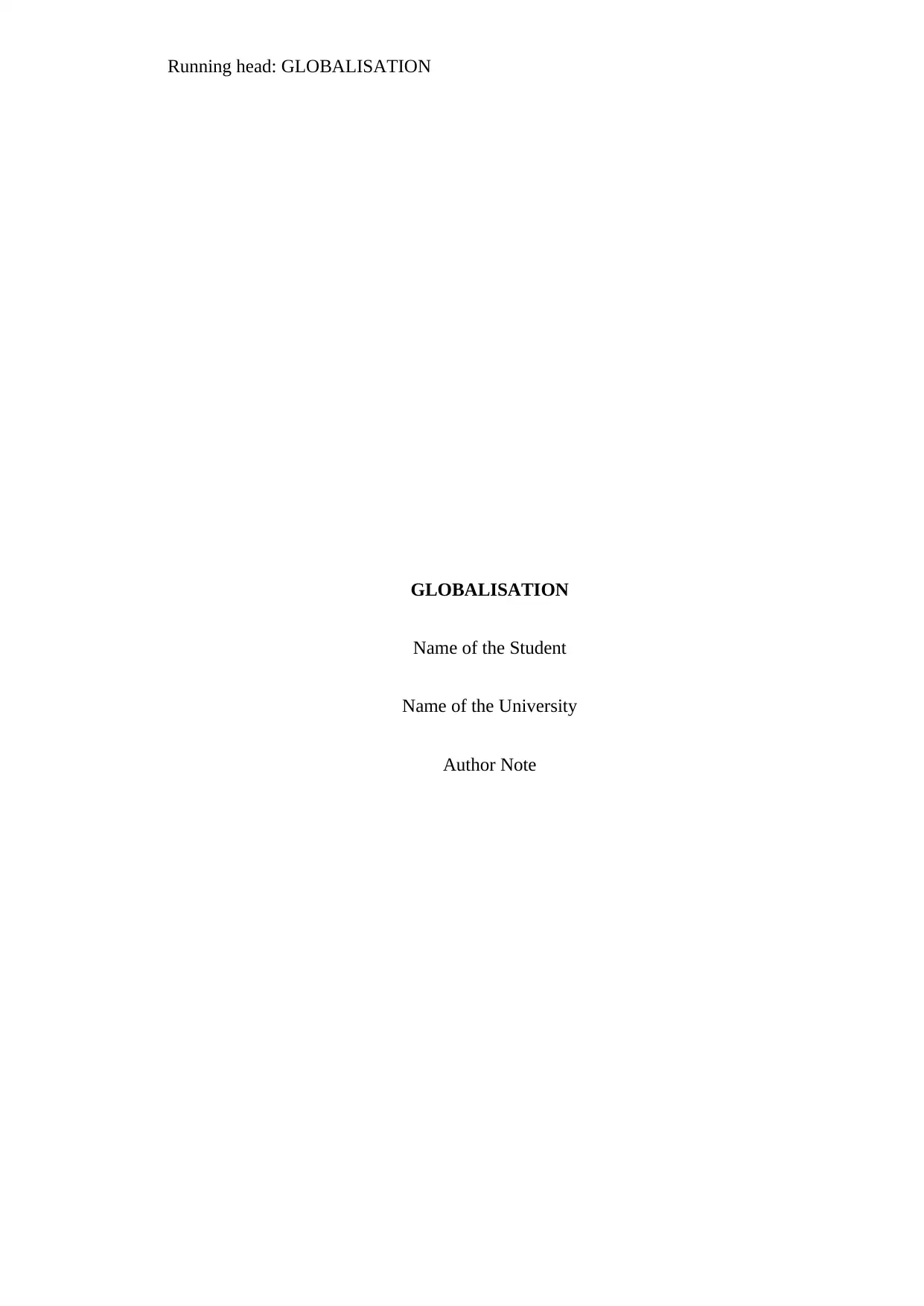
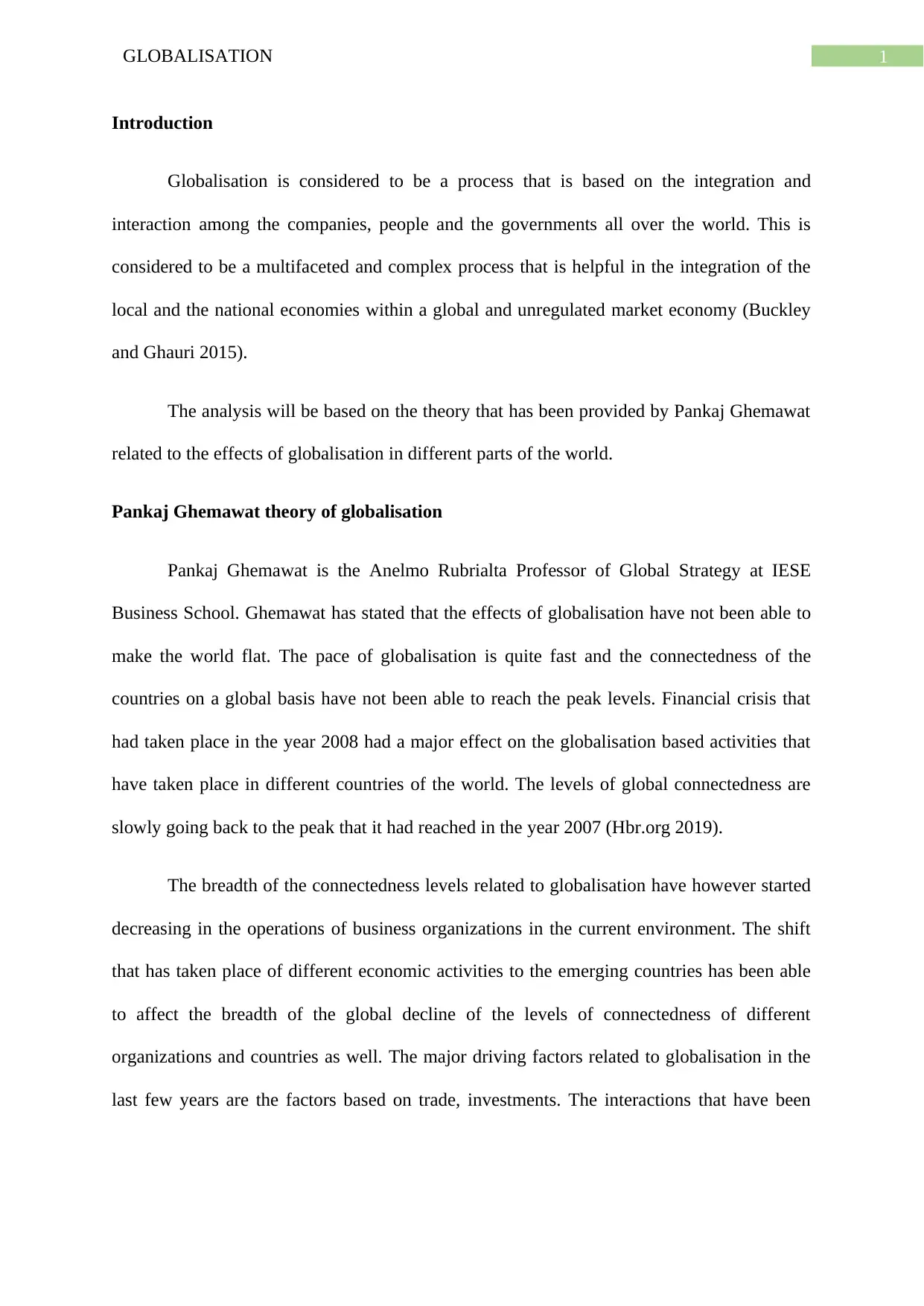
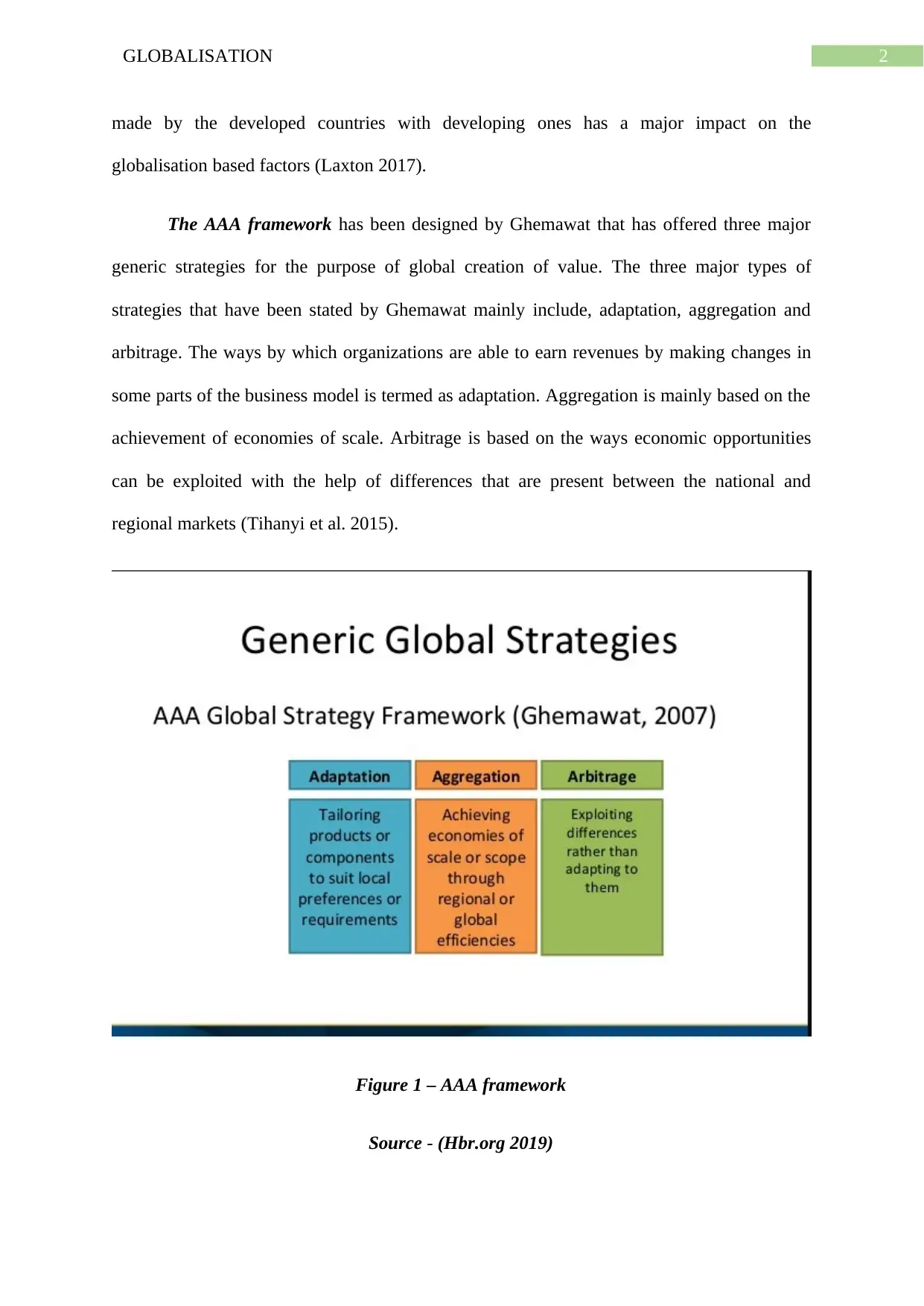

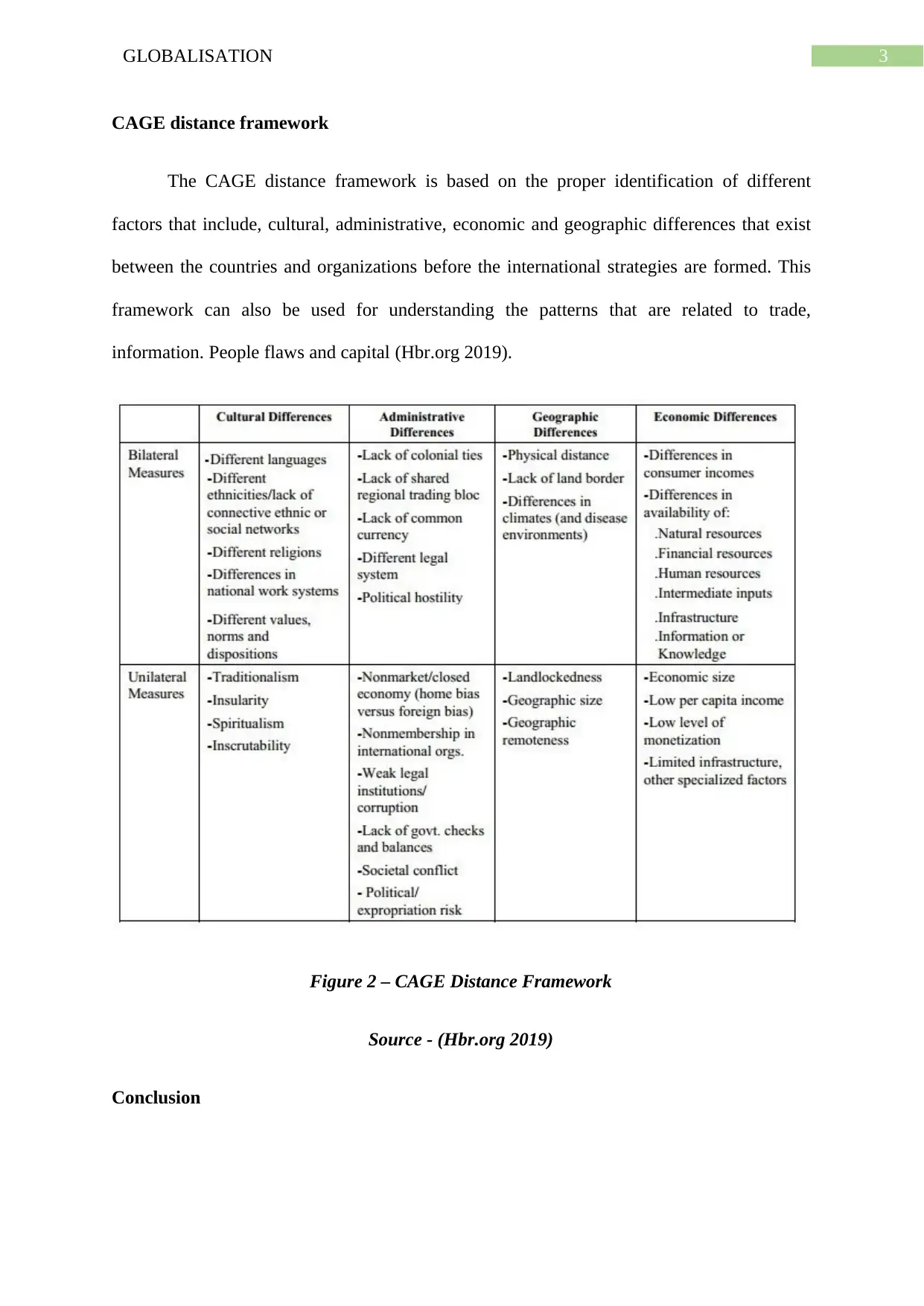

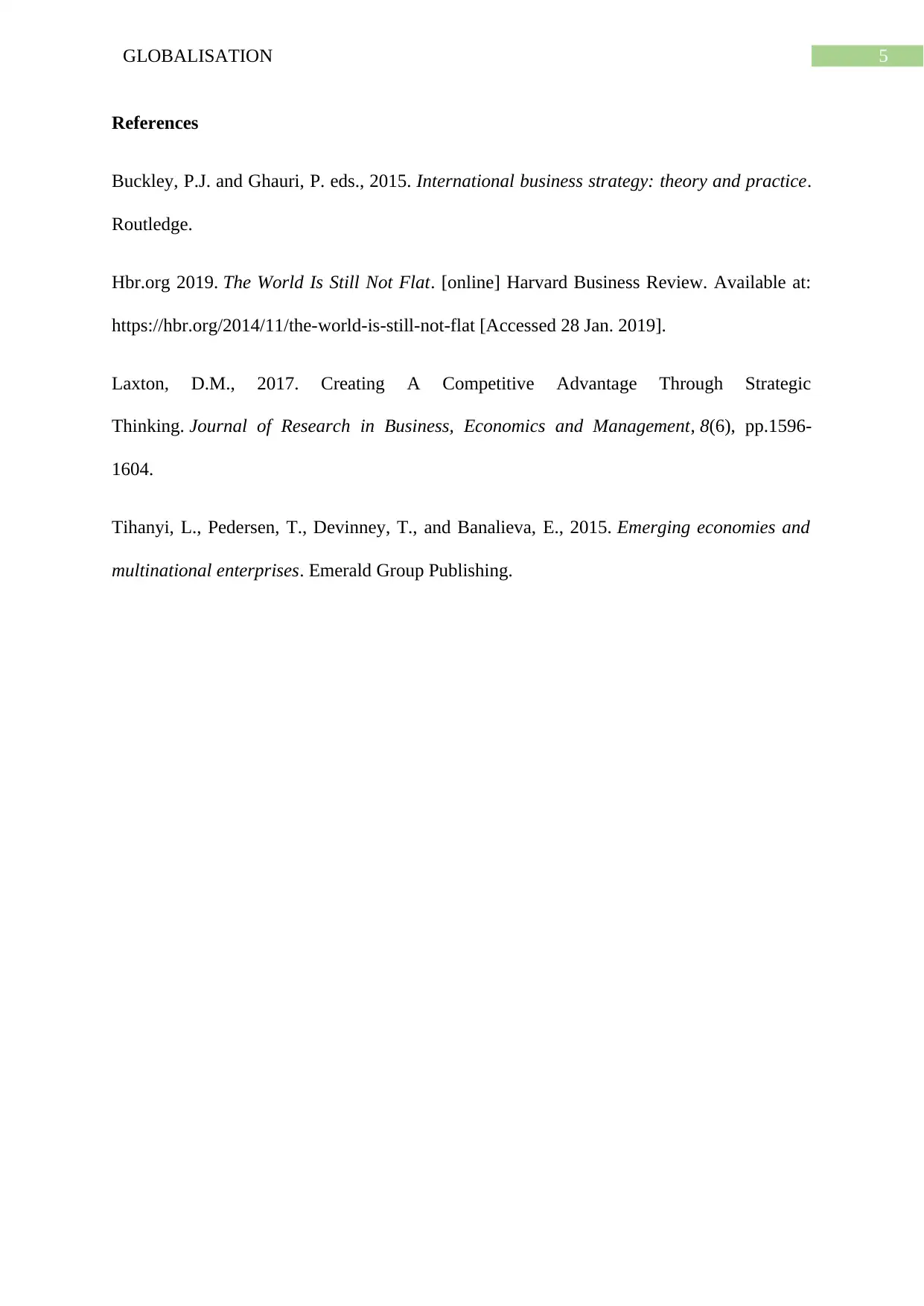






![[object Object]](/_next/static/media/star-bottom.7253800d.svg)